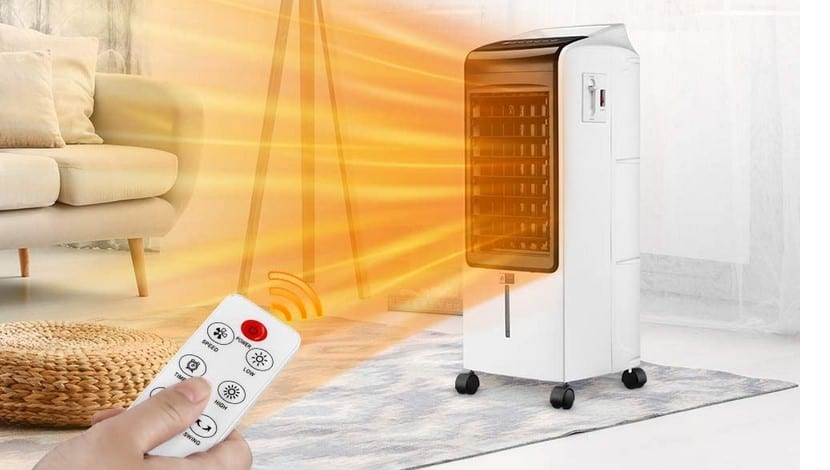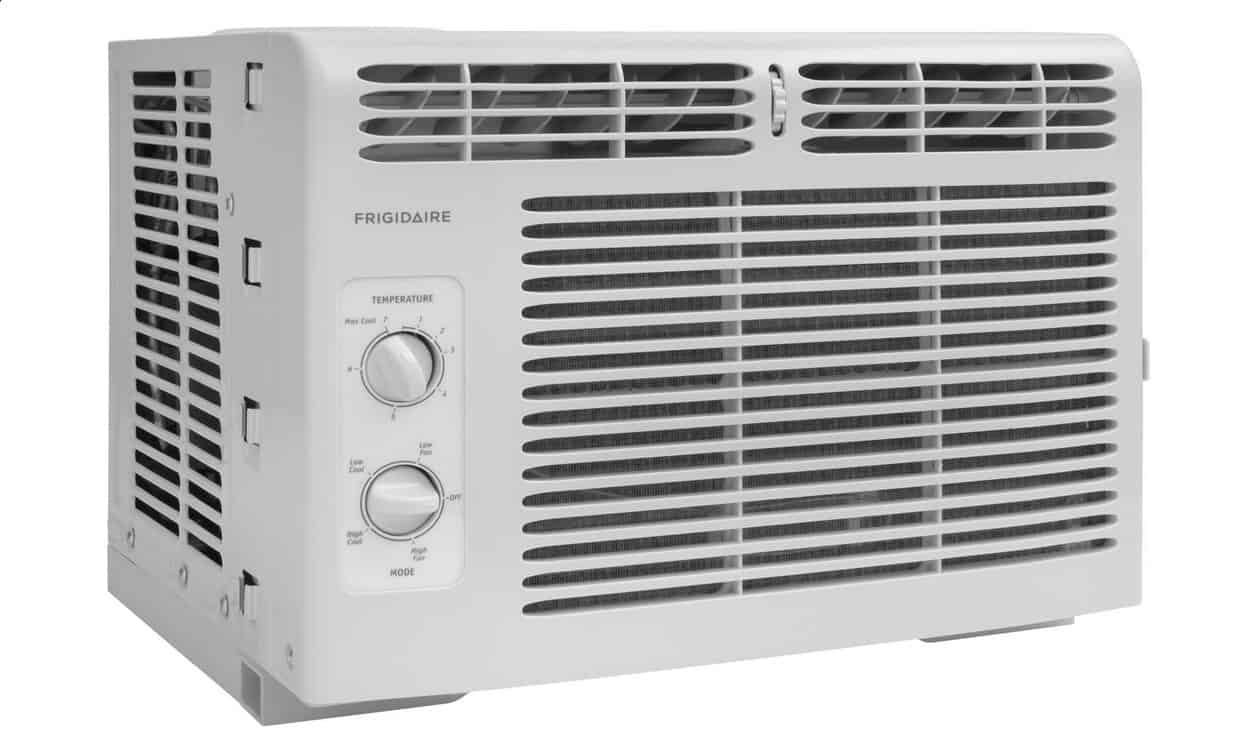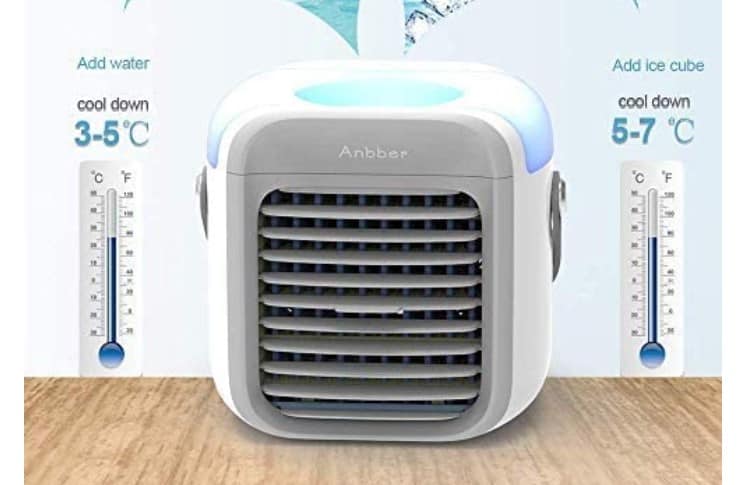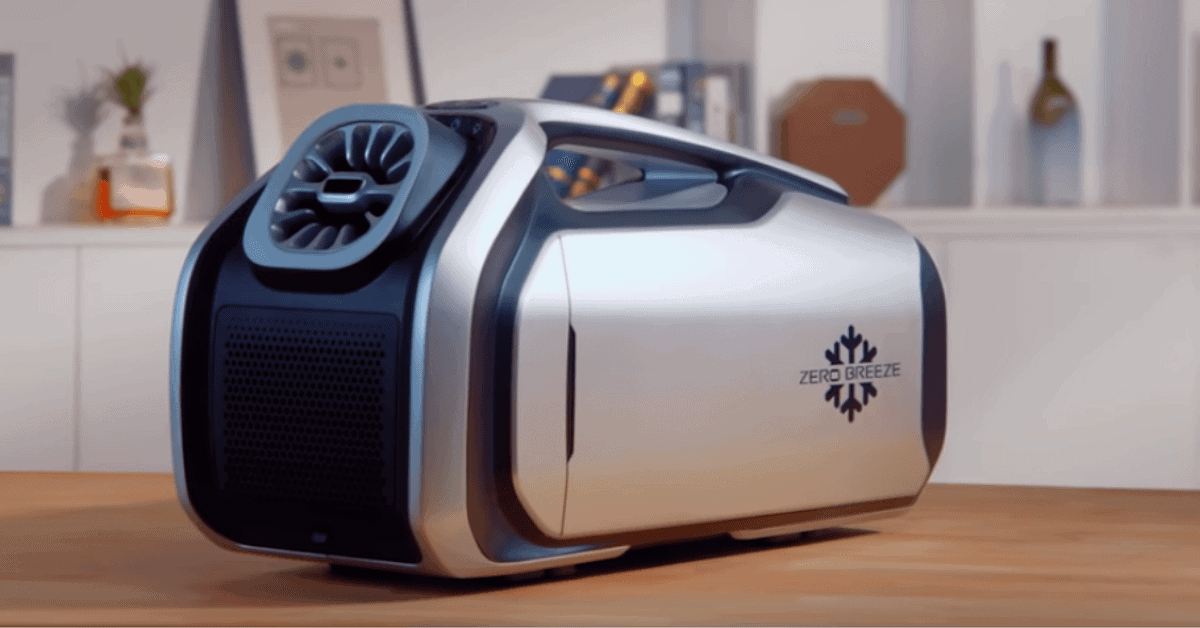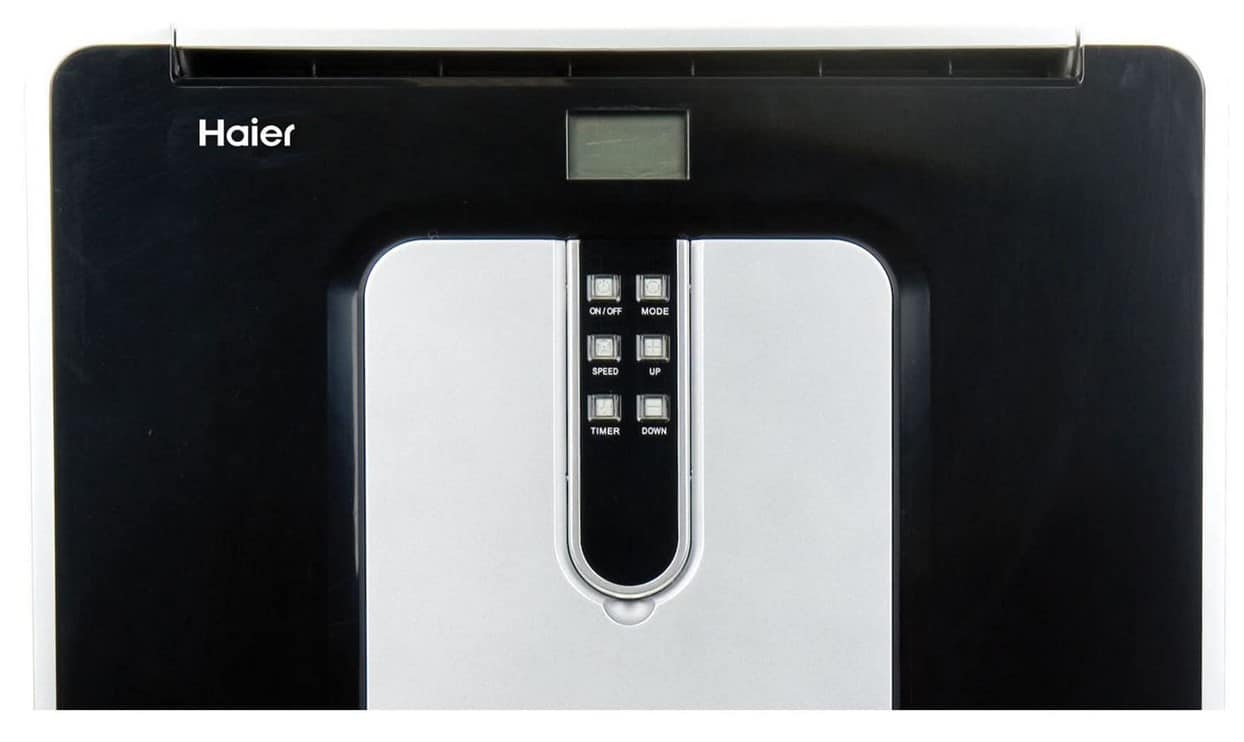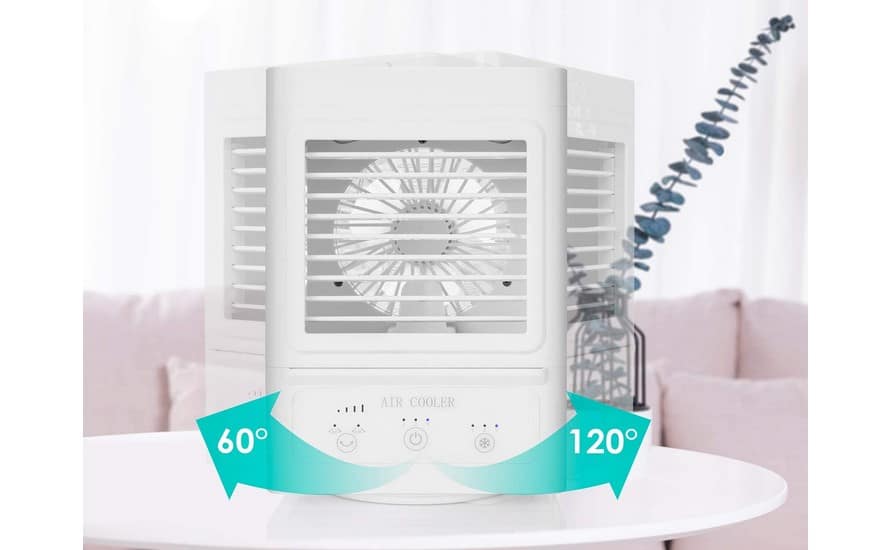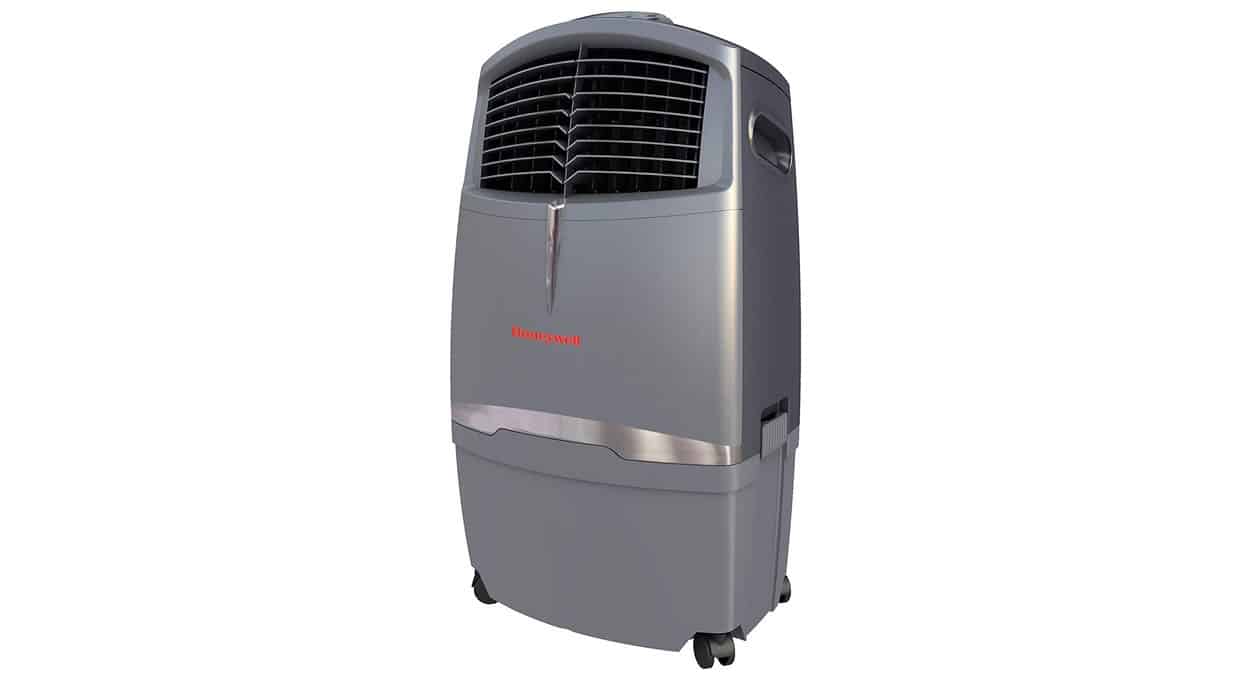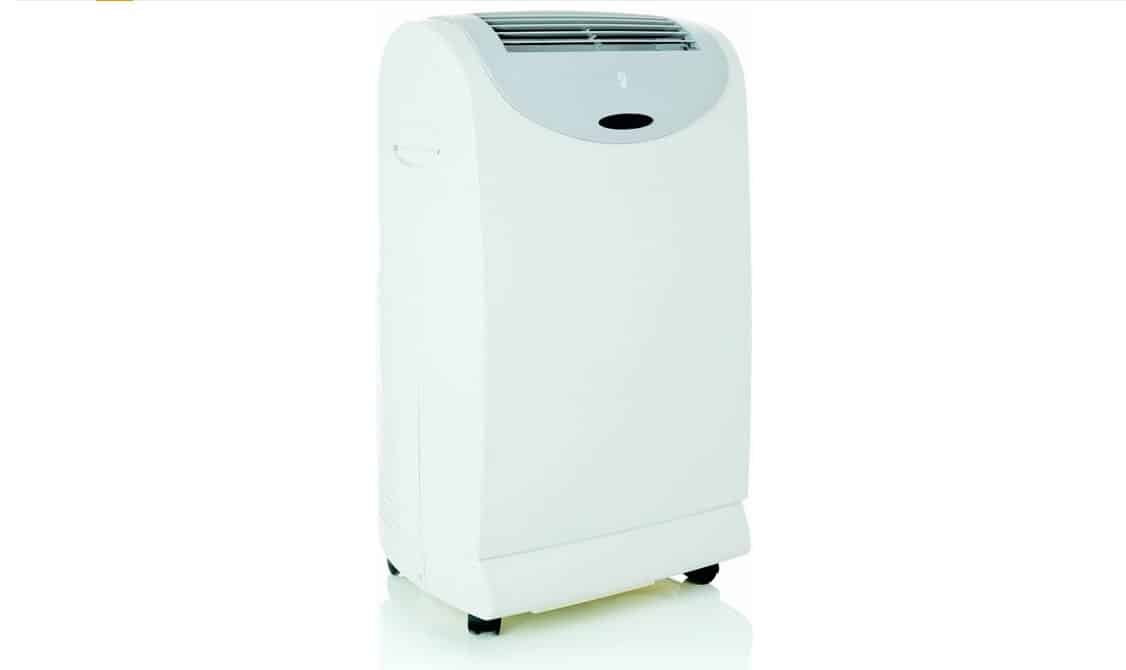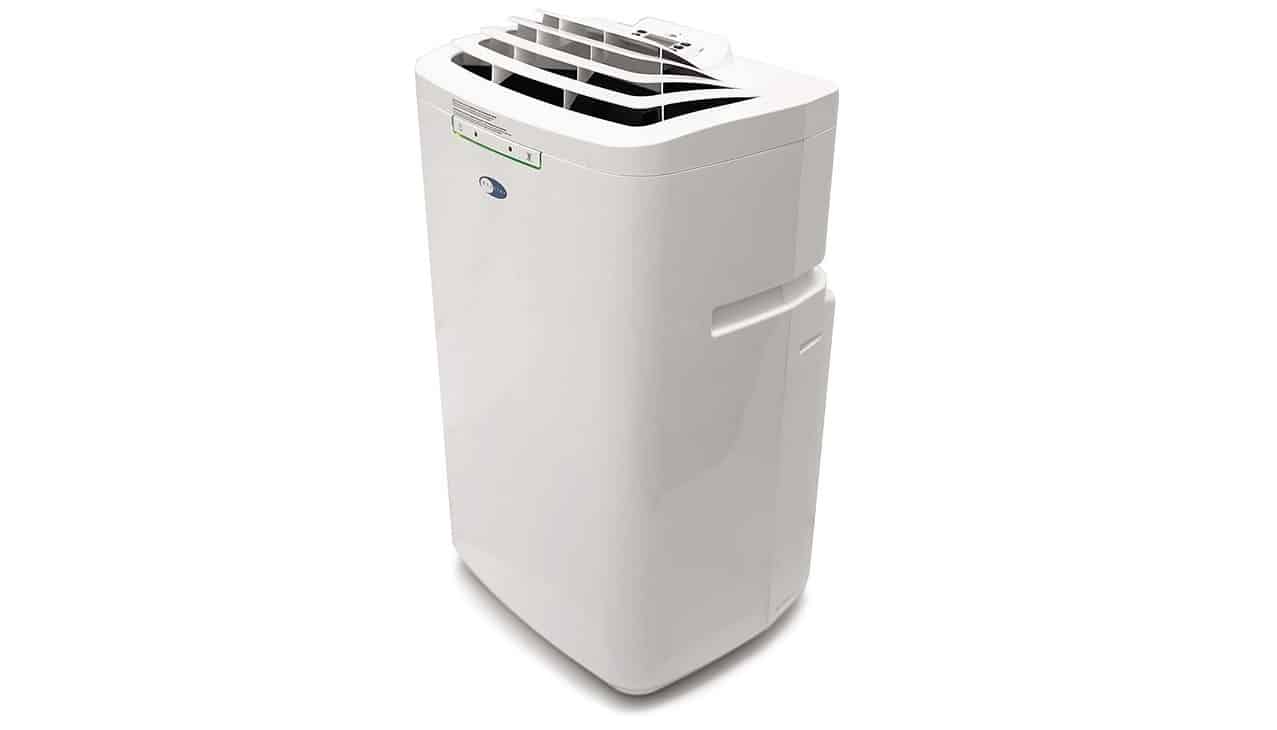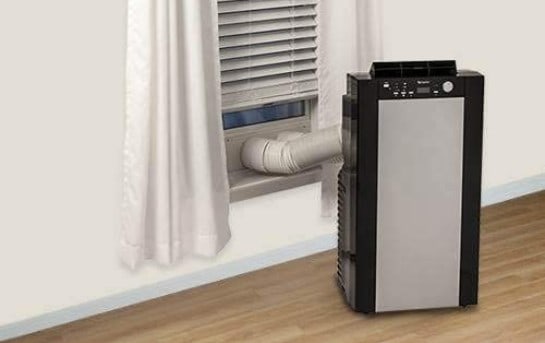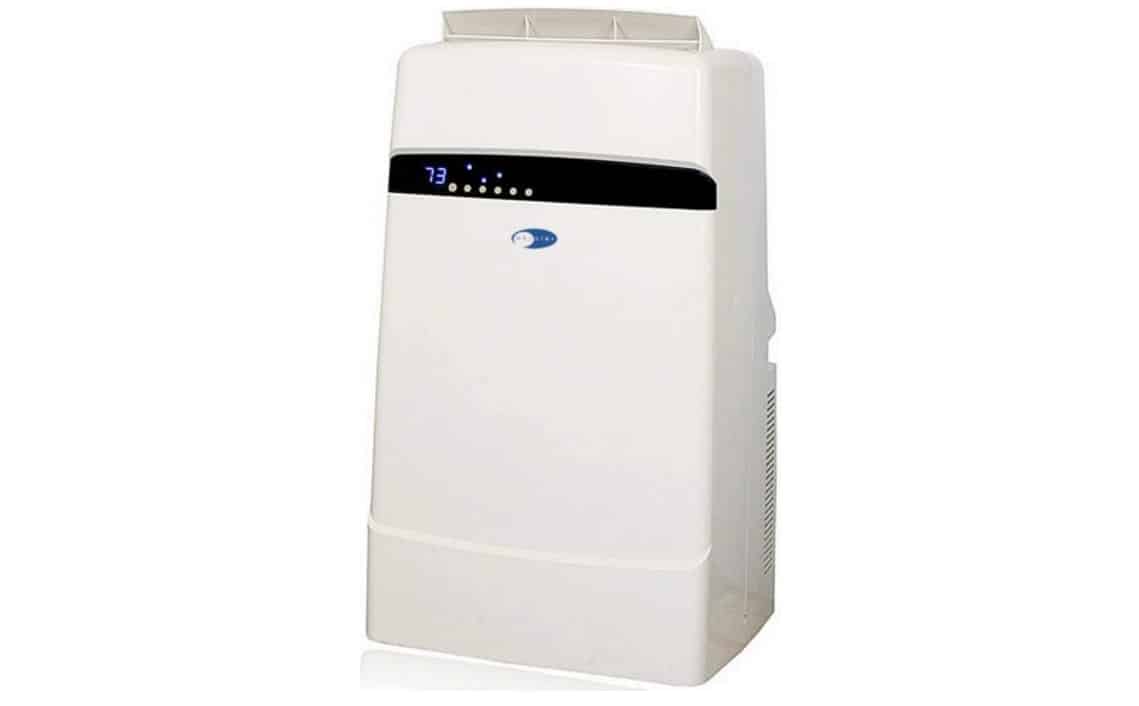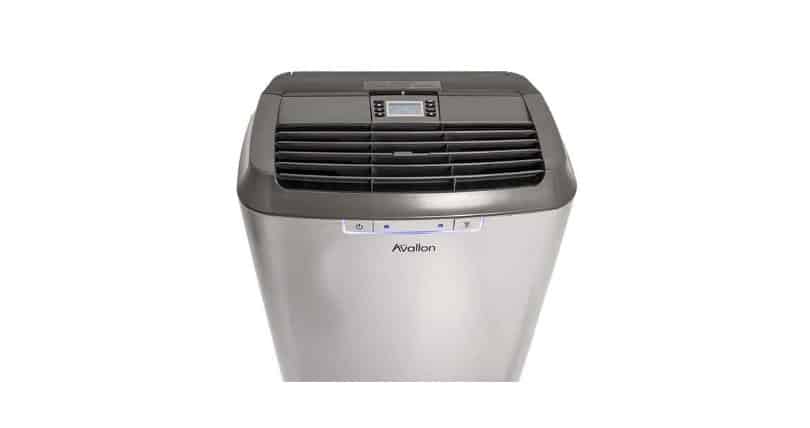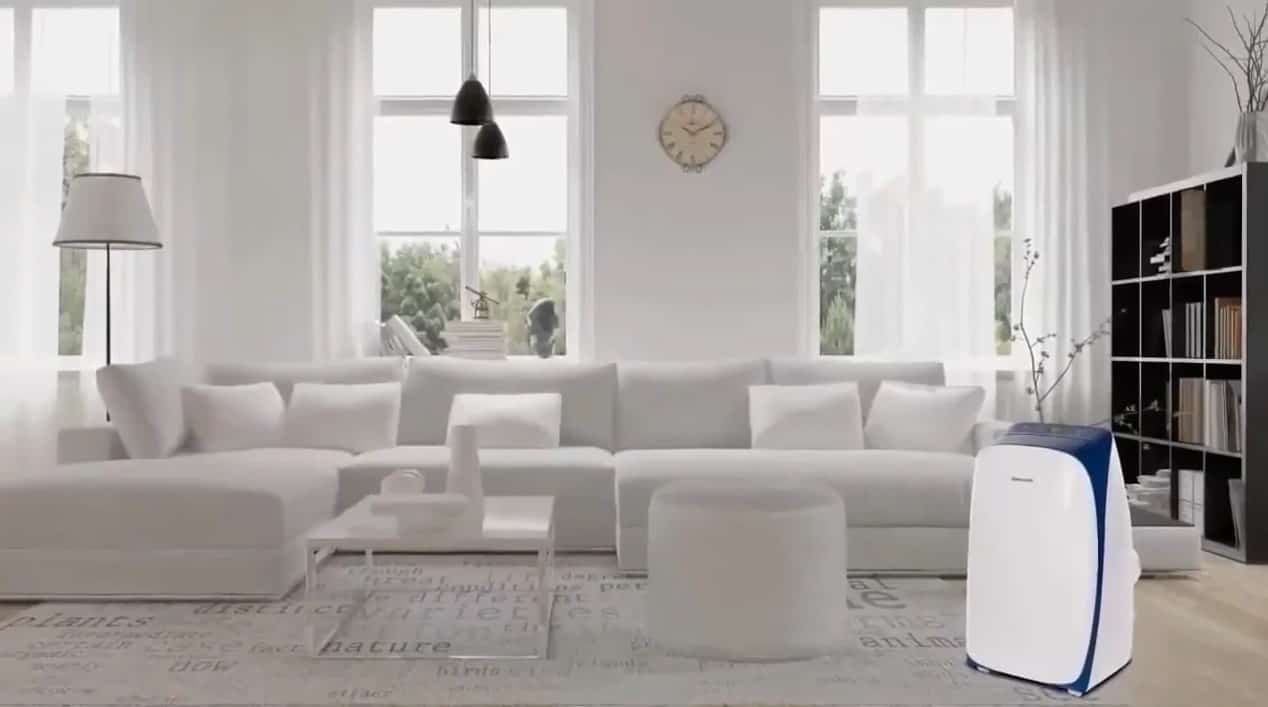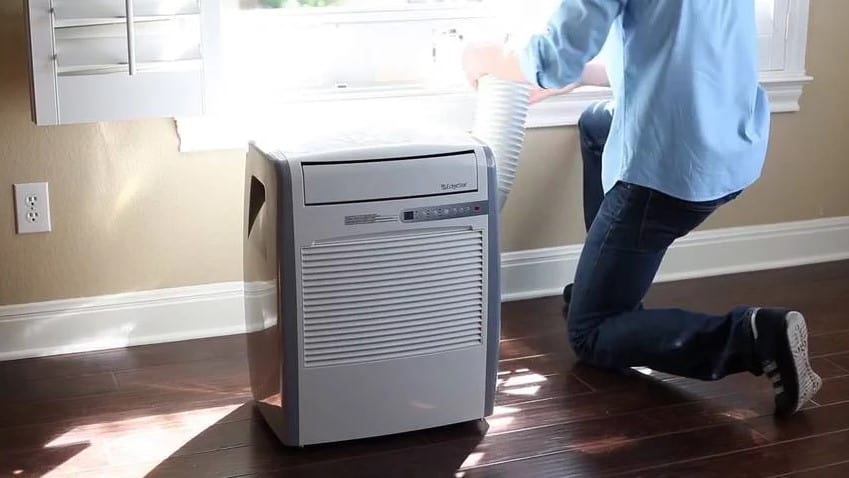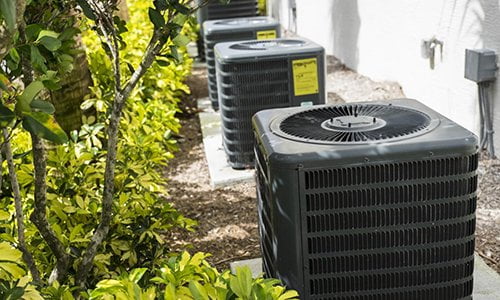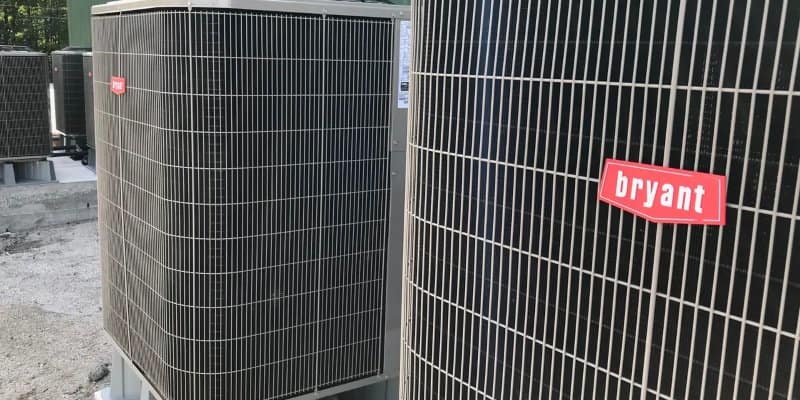When it comes to portable air conditioners, the systems used to rate them, namely DOE BTU vs ASHRAE BTU, have many differences. The acronyms themselves can be confusing for consumers. However, both DOE and ASHRAE use different measurements.
KEY TAKEAWAYS:
- ASHRAE ratings were the first of their kind and can be applied to both window units and portable air conditioning systems.
- The Department of Energy (DOE) created a rating system using BTUs specific to portable ACs.
- Ratings for the DOE system incorporate infiltration from unconditioned air into your space.
Read on to learn what these abbreviations mean and how they measure the efficiency of your portable air conditioner. We’ve also listed other abbreviations at the bottom of this article that may be helpful in your search.
Insider Tip
DOE ratings provide a more accurate depiction of the AC’s efficiency.
Of course, if you’re in the market for a new unit, check our picks for the best air conditioners. You may also be interested in comparing box fans vs air conditioners.
DOE vs ASHRAE: How Are They Different?
The most significant difference between the DOE and ASHRAE rating systems is the association or department that set the standards and when they did so. Additionally, you can find differences in how ratings are used and the testing they undergo.
If you aren’t sure which A/C system to choose, keep reading. Just remember, these ratings are specific to cooling your house. They do not represent any additional settings, such as dry mode vs cool mode on an air conditioner. You should also check out similar acronyms that you may see on portable AC packaging.
Alternatively, we do have some brands and models to recommend including the Hisense air conditioner vs LG, Whynter ARC 14sh vs Toyomi Tad T40LW air conditioner, 4-ton vs 5-ton air conditioner, in-wall air conditioners vs window units, and the evaporative air cooler vs a portable air conditioner.
Application
The U.S. Department of Energy (DOE) felt that portable air conditioners needed their own rating system, which led to the creation of the DOE British Thermal Unit (BTU.) We measure heating and cooling power in BTUs, with one ton equalling 12,000 BTU per hour of cooling. Some experts recommend using the DOE rating to determine the best air conditioner when the choice depends on your square footage.
Before this system, the efficiency of portable units was measured using the American Society of Heating, Refrigerating, and Air-Conditioner Engineer (ASHRAE) guidelines. These rules were pre-determined for window air conditioners, and the two types of ACs shared the same methodology.
Testing
The DOE believed there were several inefficiencies specific to portable units that existed within the old rating system, including mixture and infiltration of unconditioned air. To address these issues, the DOE proposed new testing standards using a calorimeter and a few other measurement devices.
These new testing methods require portable window AC units to undergo a series of tests that include airflow monitoring, ducts, and additional instrumentation. This is done alongside the ANSI/ASHRAE standard to determine the cooling capacity of window ACs and portable air conditioners. Then, the collected values are combined with the measured infiltration of heat and humidity deductions to create the DOE rating for the unit. As a result, the DOE rating is typically less than the ASHRAE rating.
Additional Acronyms You’ll Find On AC Units
- The American National Standards Institute (ANSI) tracks and coordinates various standards and conformity within a wide range of systems, including those used to rate ACs.
- Before you start your portable air conditioning system search, consider the minimum efficiency rating value (MERV) for your designated air conditioner size. This rating represents the minimum requirement for the unit to be ENERGY STAR certified.
- The seasonal energy efficiency rating (SEER), similar to the seasonally adjusted cooling capacity (SACC,) states the average rating for the AC unit, taking into consideration the effects of the season and climate on the system’s efficiency. SEER is typically used on central AC units, so you may not encounter this abbreviation. However, SACC may be listed on each portable air conditioner model.
- You may also see references to the combined energy efficiency ratio (CEER) in the DOE BTU standard documentation. CEER combines the rating system of SEER with an additional efficiency rating when the system is on standby.
Warning
ASHRAE ratings are not specific to portable air conditioners, so you may want to check the DOE rating as well.
F.A.Q.S
Does it only affect portable AC units?
The new rating system provided by the Department of Energy (DOE) only affects portable AC units.
Why do we use both BTU ratings on our products?
The DOE requires both its own and ASHRAE’s ratings to be listed on products.
What is a “ton” of cooling?
A ton of cooling equals a cooling rate of about 12,000 British Thermal Units per hour. This term represents the effect a unit has on the temperature and moisture content of the air that passes through an AC unit. More tons can cover larger spaces.
STAT: A minimum efficiency of SEER 13 is recommended, though high-efficiency ACs may be cost-effective. (source)
REFERENCES:
- https://www.energy.gov/sites/prod/files/2014/05/f15/pac_tp_noda.pdf
- https://www.ashrae.org/technical-resources/free-resources/top-ten-things-consumers-should-know-about-air-conditioning
- https://www.ashrae.org/aboutr
- https://www.energy.gov/eere/femp/incorporate-minimum-efficiency-requirements-heating-and-cooling-products-federal
- https://products.geappliances.com/appliance/gea-support-search-content?contentId=18414

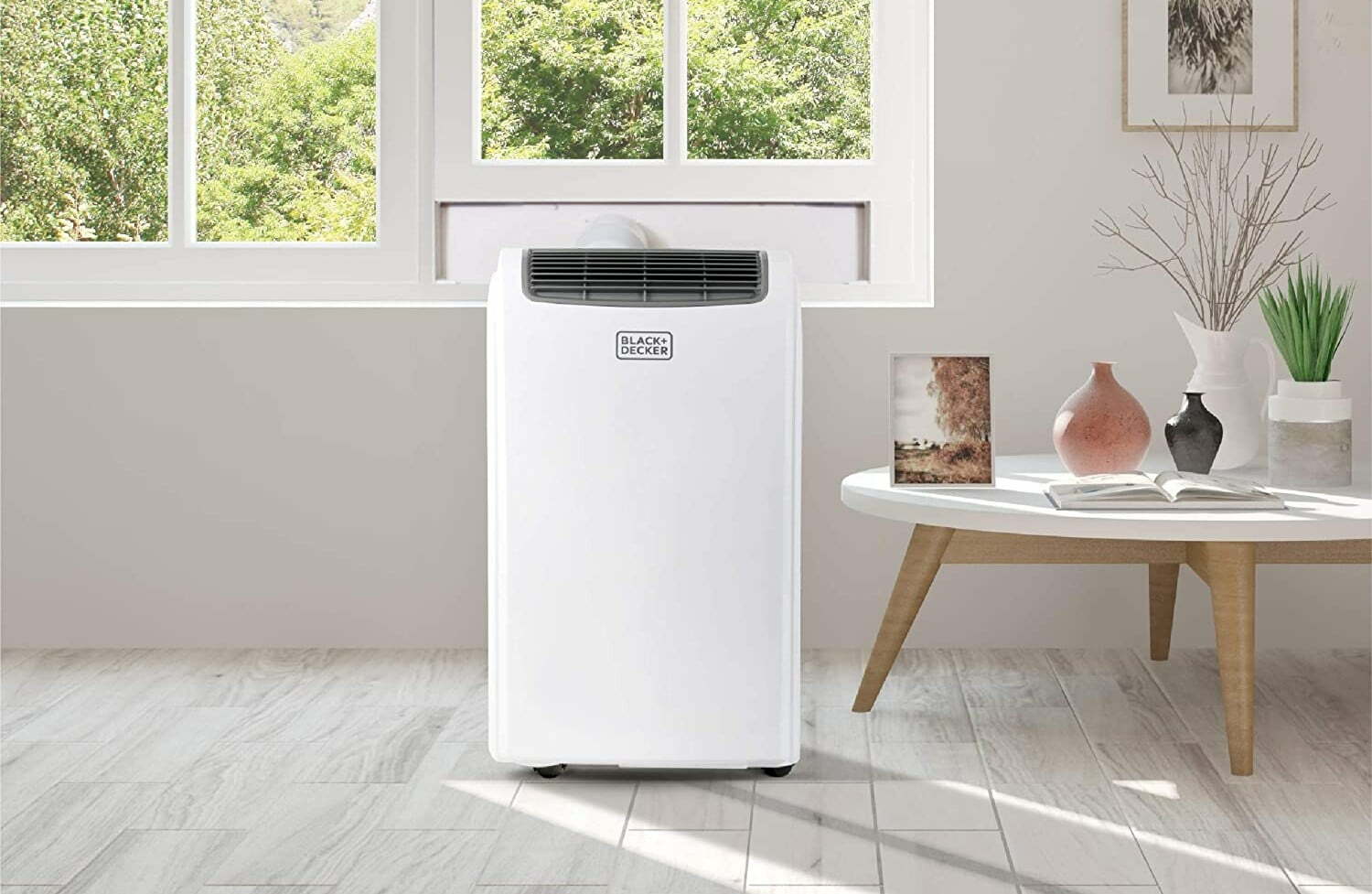













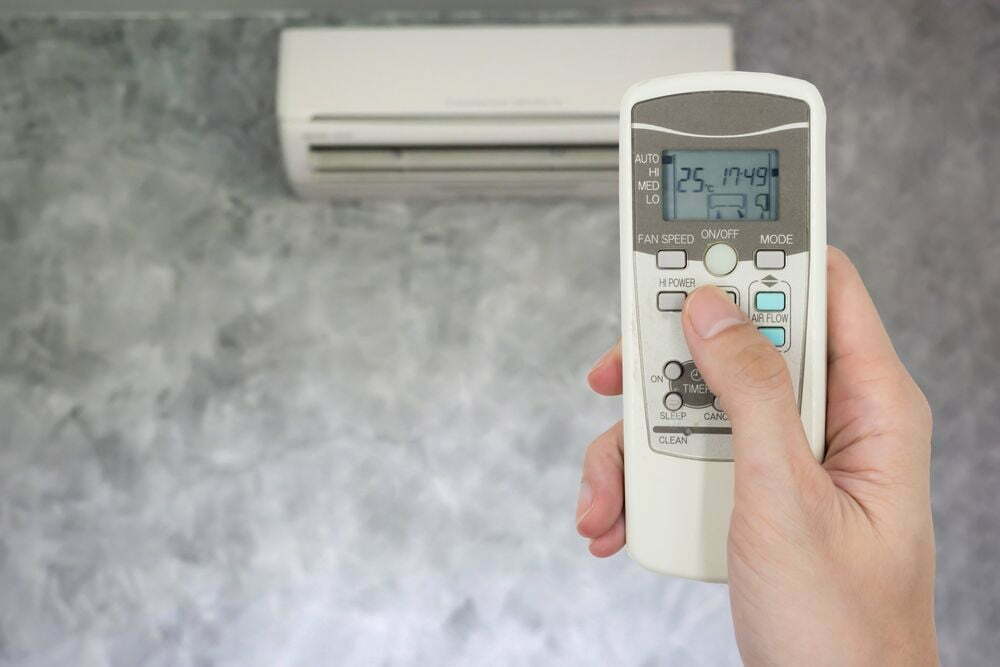
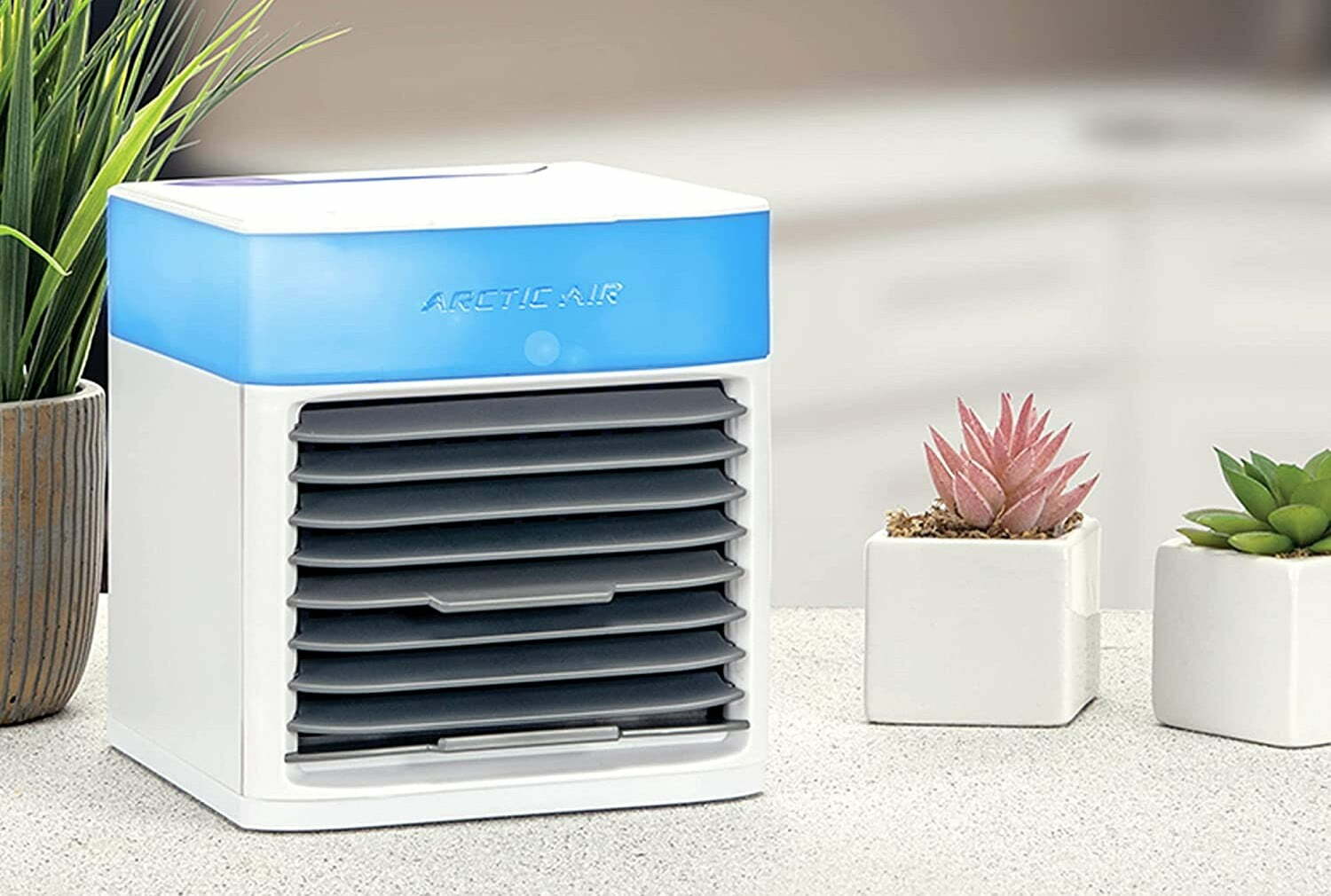
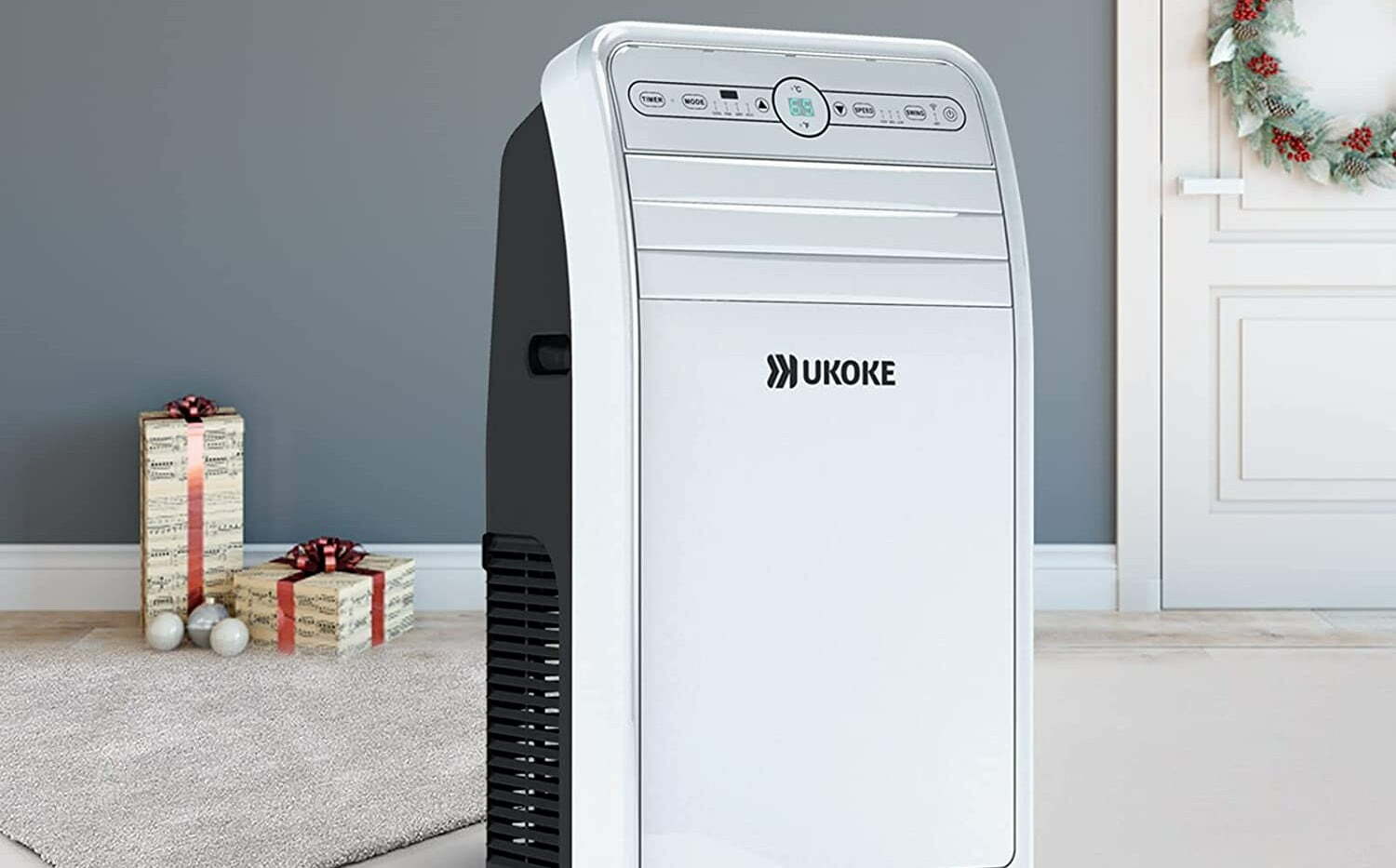
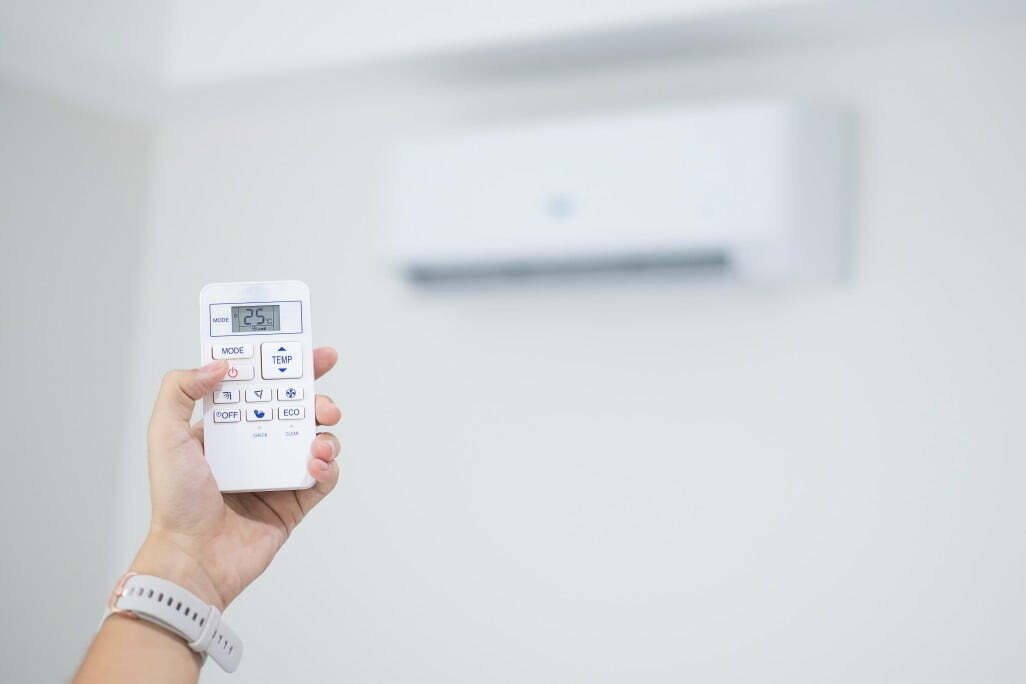
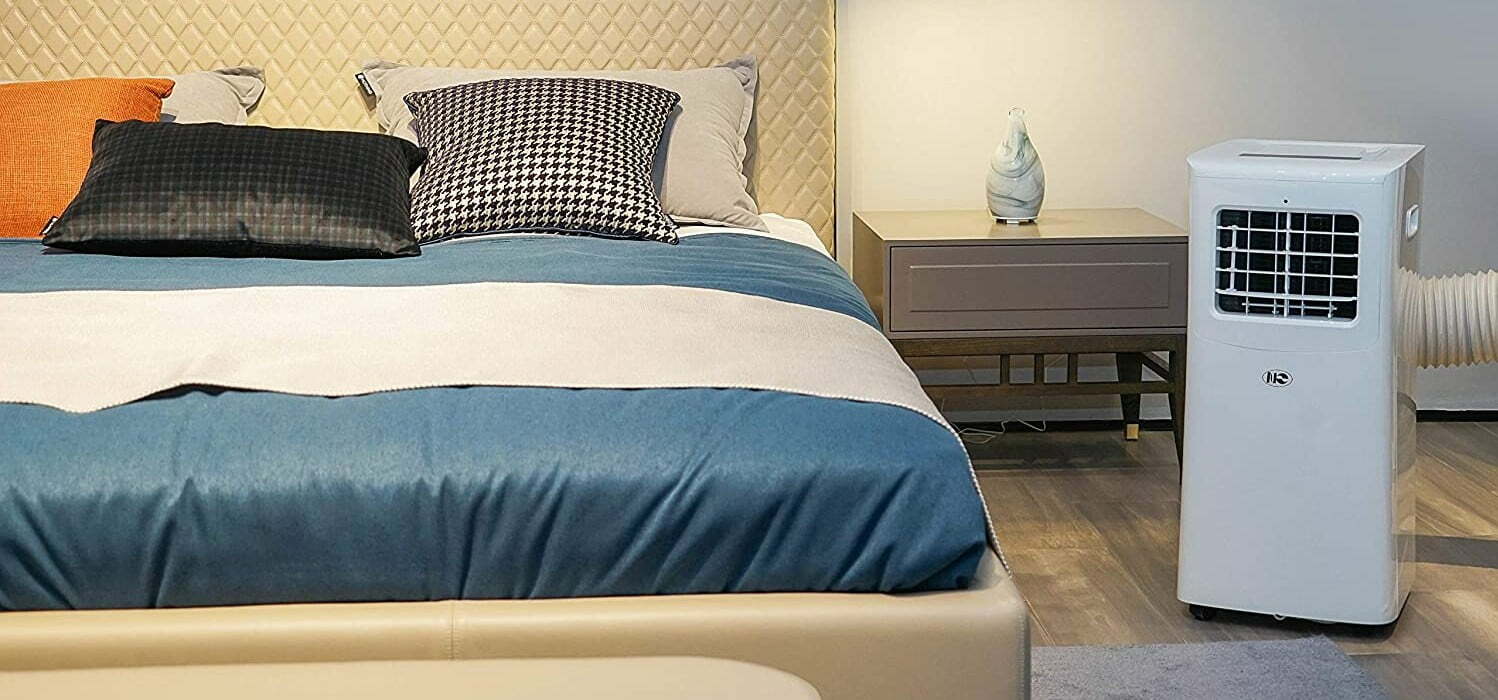
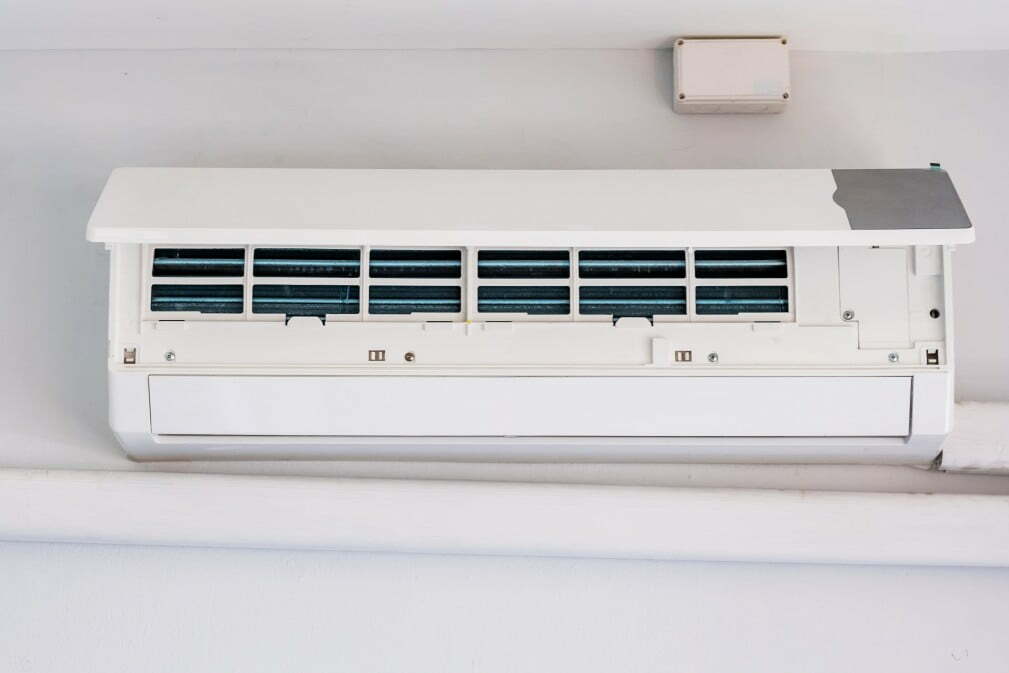

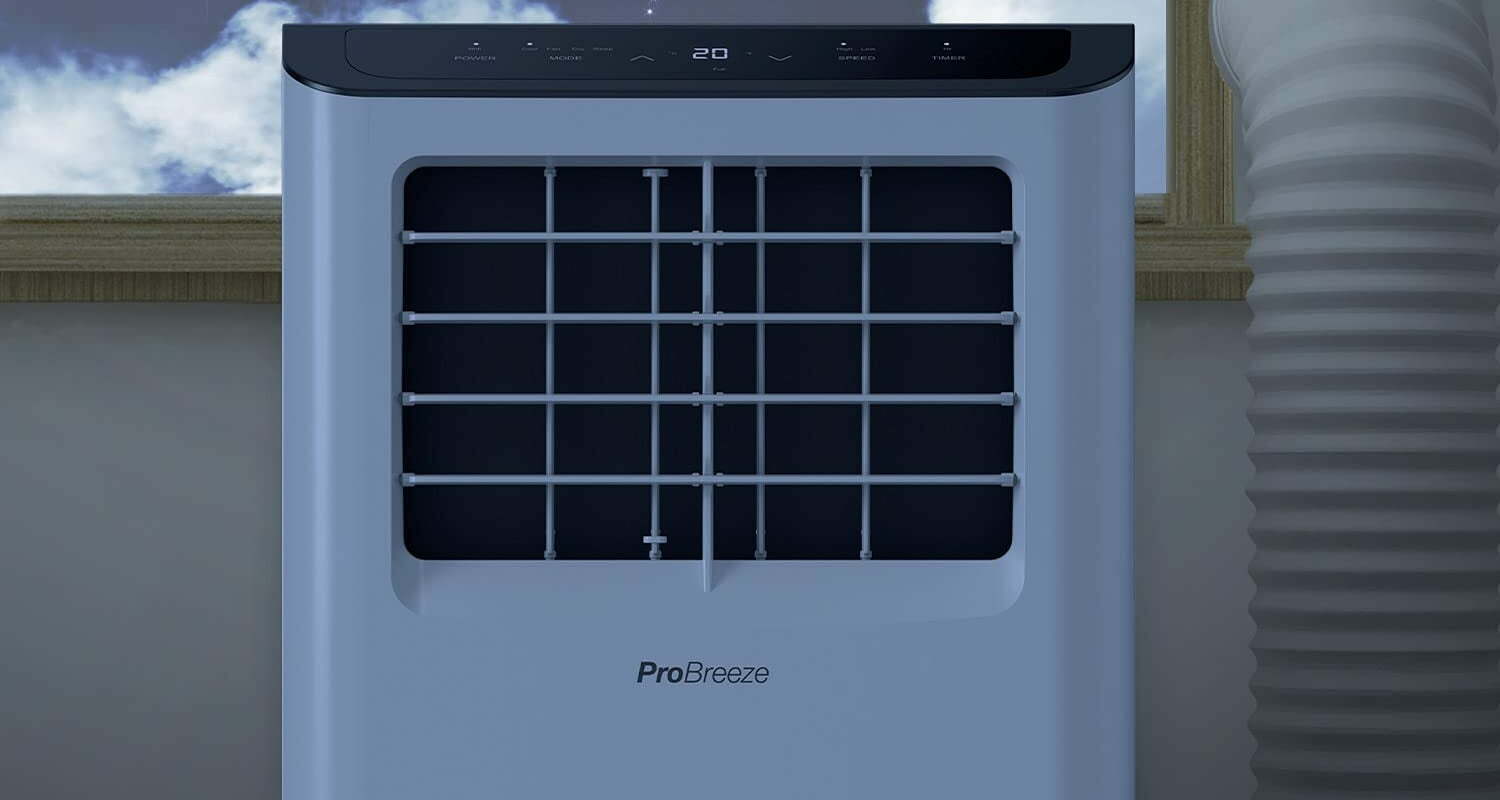


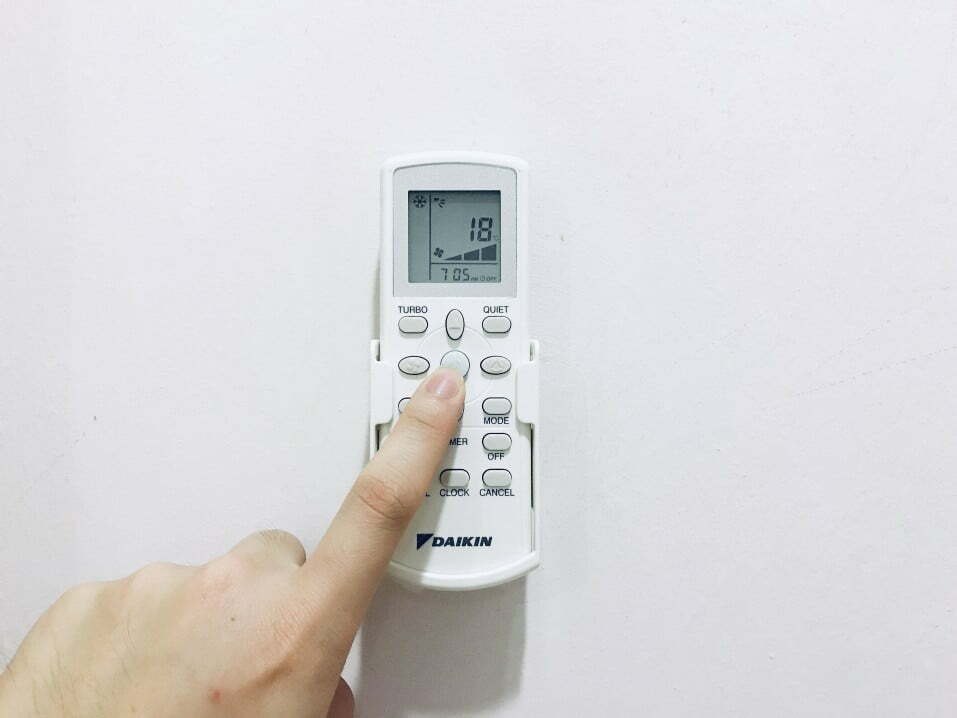
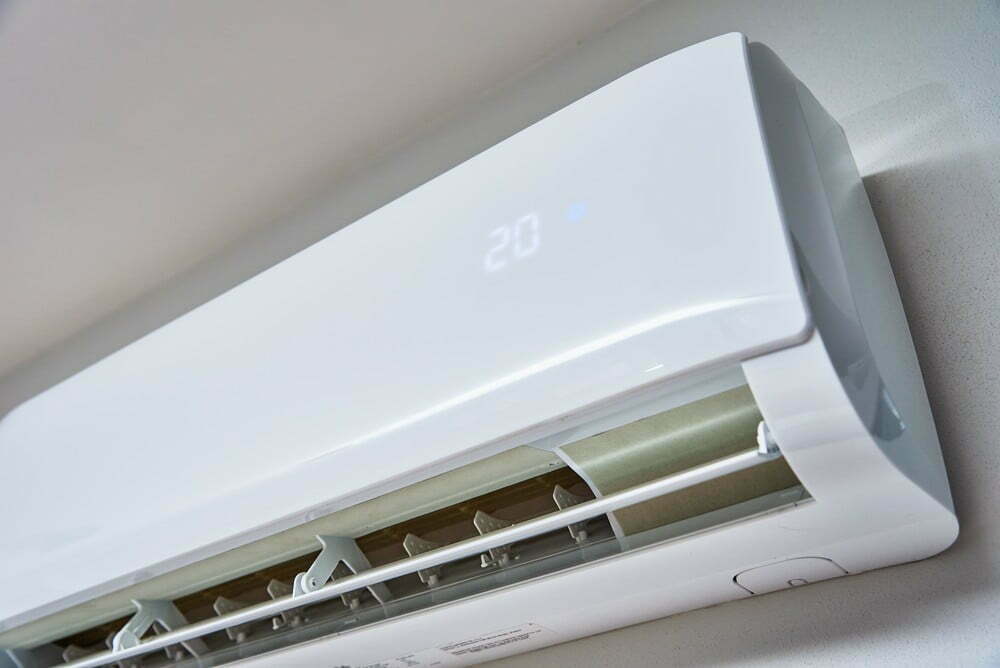
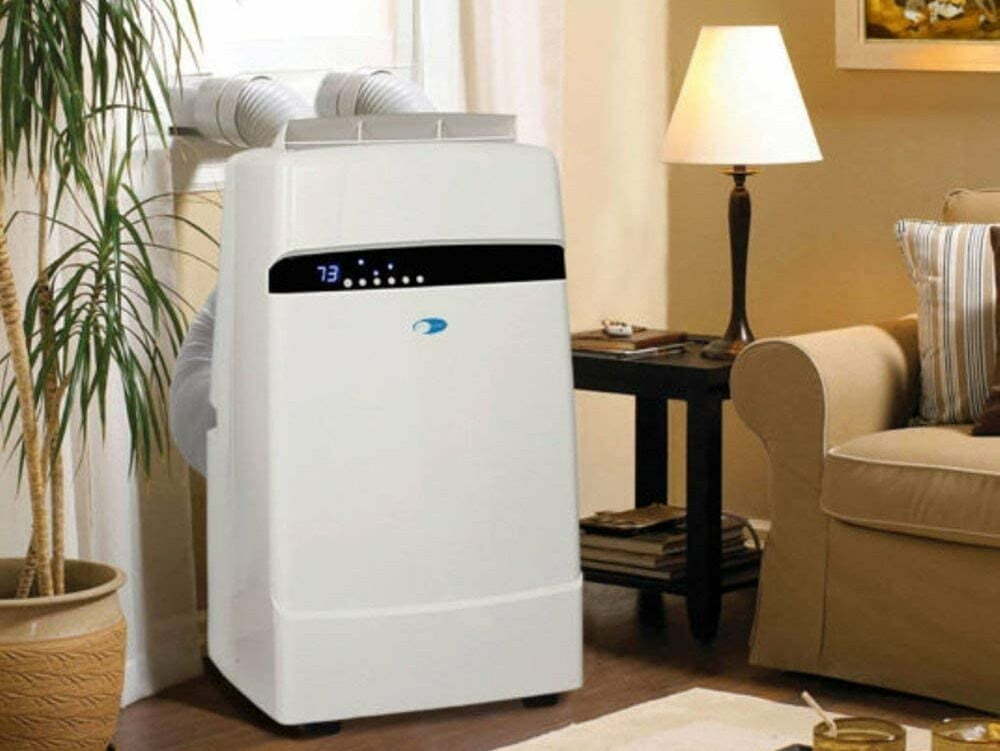


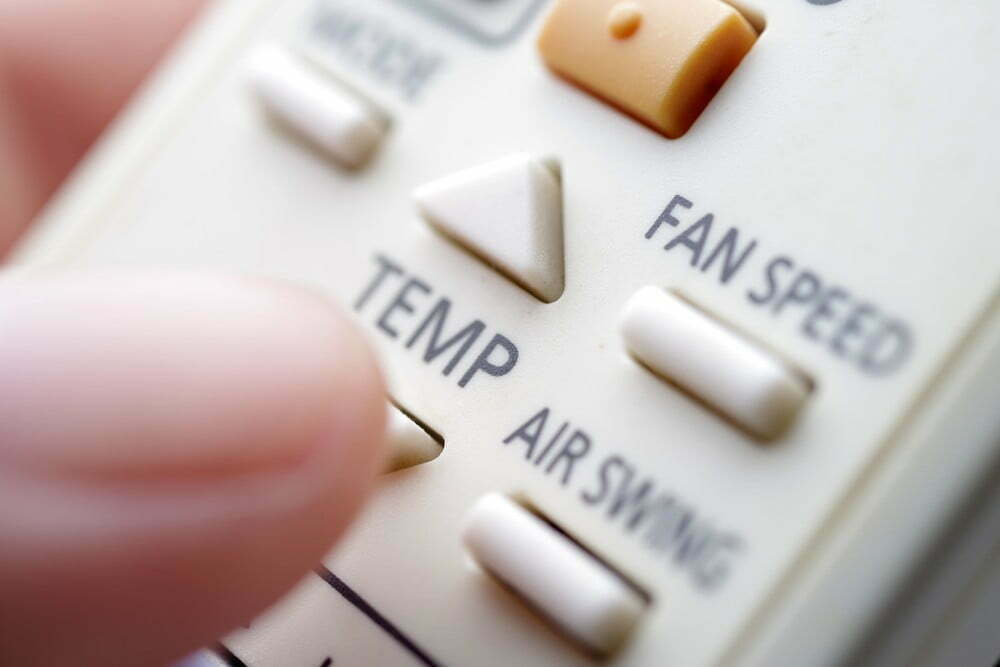
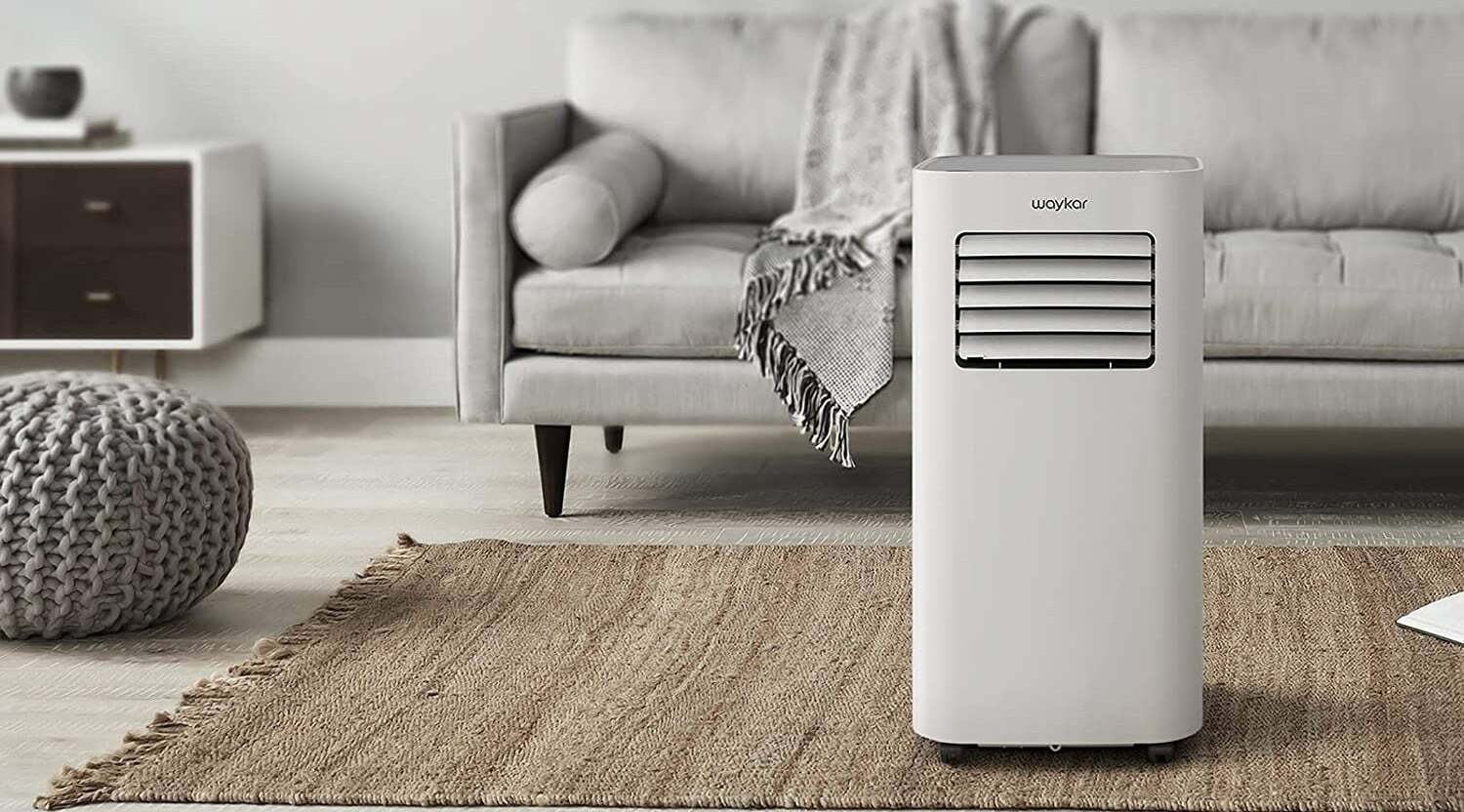
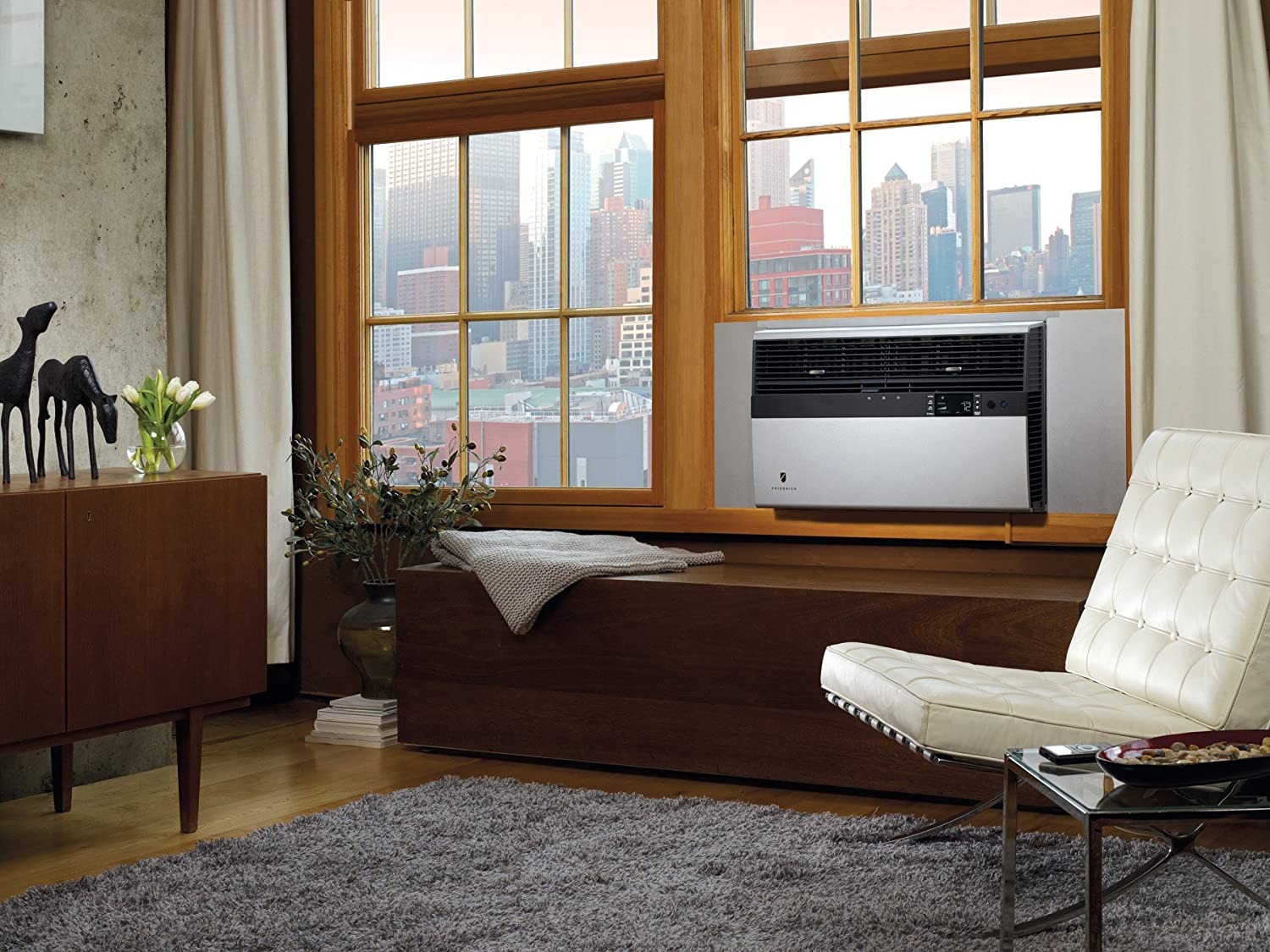

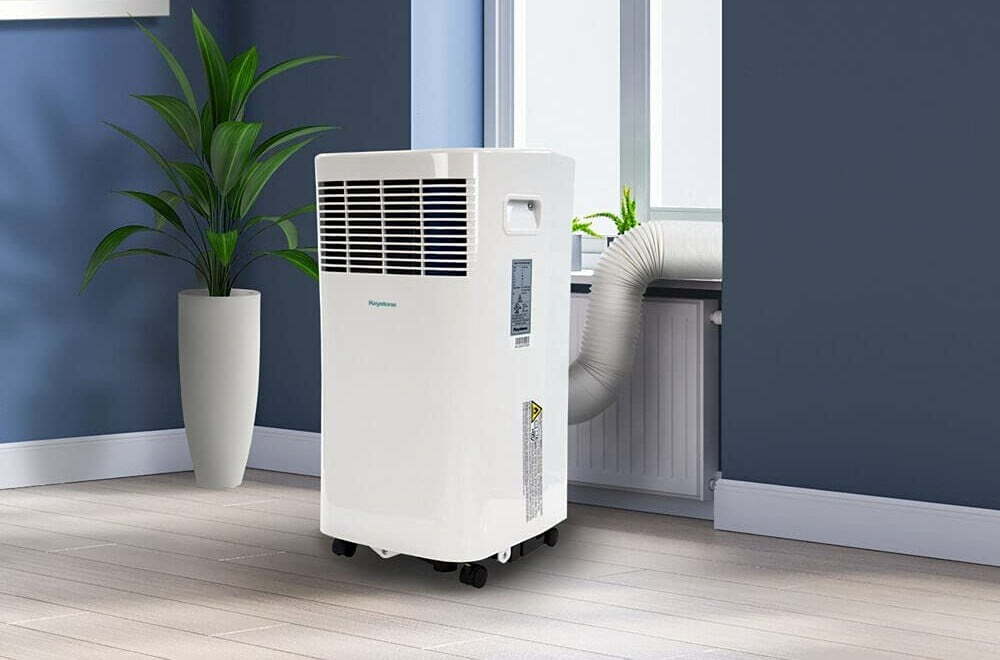
![Best Air Conditioners in [year] ([month] Reviews) 27 Best Air Conditioners in 2025 (December Reviews)](https://www.gadgetreview.dev/wp-content/uploads/best-air-conditioners-image.jpg)
![Quietest Through The Wall Air Conditioners in [year] 28 Quietest Through The Wall Air Conditioners in 2025](https://www.gadgetreview.dev/wp-content/uploads/quietest-through-the-wall-air-conditioner-image.jpg)
![Best 10000 BTU Air Conditioners in [year] 29 Best 10000 BTU Air Conditioners in 2025](https://www.gadgetreview.dev/wp-content/uploads/best-10000-btu-air-conditioner-image.jpg)
![Best 15000 BTU Air Conditioners in [year] 30 Best 15000 BTU Air Conditioners in 2025](https://www.gadgetreview.dev/wp-content/uploads/best-15000-btu-air-conditioner-image.jpg)
![Best 15000 BTU Window Air Conditioners in [year] 31 Best 15000 BTU Window Air Conditioners in 2025](https://www.gadgetreview.dev/wp-content/uploads/best-15000-btu-window-air-conditioner-image.jpg)
![Best 12000 BTU Air Conditioners in [year] 32 Best 12000 BTU Air Conditioners in 2025](https://www.gadgetreview.dev/wp-content/uploads/best-12000-btu-air-conditioner-image.jpg)
![Best Photocatalytic Oxidation Air Purifiers in [year] 33 Best Photocatalytic Oxidation Air Purifiers in 2025](https://www.gadgetreview.dev/wp-content/uploads/best-photocatalytic-oxidation-air-purifier-image.jpg)
![Best Ventless Portable Air Conditioners in [year] 34 Best Ventless Portable Air Conditioners in 2025](https://www.gadgetreview.dev/wp-content/uploads/best-ventless-portable-air-conditioner-image.jpg)
![Best Window Air Conditioners with Heat in [year] 35 Best Window Air Conditioners with Heat in 2025](https://www.gadgetreview.dev/wp-content/uploads/best-window-air-conditioner-with-heat-image.jpg)
![Best Inverter Air Conditioners in [year] 36 Best Inverter Air Conditioners in 2025](https://www.gadgetreview.dev/wp-content/uploads/best-inverter-ac-image.jpg)
![Best HEPA Air Purifiers in [year] 37 Best HEPA Air Purifiers in 2025](https://www.gadgetreview.dev/wp-content/uploads/best-hepa-air-purifier-image.jpg)
![Best Quiet Window Air Conditioners in [year] 38 Best Quiet Window Air Conditioners in 2025](https://www.gadgetreview.dev/wp-content/uploads/quiet-window-air-conditioner-image.jpg)
![Best Energy Efficient Window Air Conditioners in [year] 39 Best Energy Efficient Window Air Conditioners in 2025](https://www.gadgetreview.dev/wp-content/uploads/best-energy-efficient-window-air-conditioner-image.jpg)
![Best Quiet Portable Air Conditioners in [year] 40 Best Quiet Portable Air Conditioners in 2025](https://www.gadgetreview.dev/wp-content/uploads/quiet-portable-air-conditioner-image.jpg)
![Best 6000 BTU Air Conditioners in [year] 41 Best 6000 BTU Air Conditioners in 2025](https://www.gadgetreview.dev/wp-content/uploads/best-6000-btu-air-conditioner-image.jpg)
![Best 8000 BTU Air Conditioners in [year] 42 Best 8000 BTU Air Conditioners in 2025](https://www.gadgetreview.dev/wp-content/uploads/best-8000-btu-air-conditioner-image.jpg)
![Best Small Window Air Conditioner in [year] 43 Best Small Window Air Conditioner in 2025](https://www.gadgetreview.dev/wp-content/uploads/best-small-window-air-conditioner-image.jpg)
![Best 5000 BTU Air Conditioners in [year] 44 Best 5000 BTU Air Conditioners in 2025](https://www.gadgetreview.dev/wp-content/uploads/best-5000-btu-air-conditioner.jpg)
![Best Mini Split in [year] 45 Best Mini Split in 2025](https://www.gadgetreview.dev/wp-content/uploads/best-ductless-mini-split-air-conditioner-image.jpg)
![10 Best Portable Air Conditioners and Heaters in [year] 46 10 Best Portable Air Conditioners and Heaters in 2025](https://www.gadgetreview.dev/wp-content/uploads/best-portable-air-conditioner-and-heater-image.jpg)
